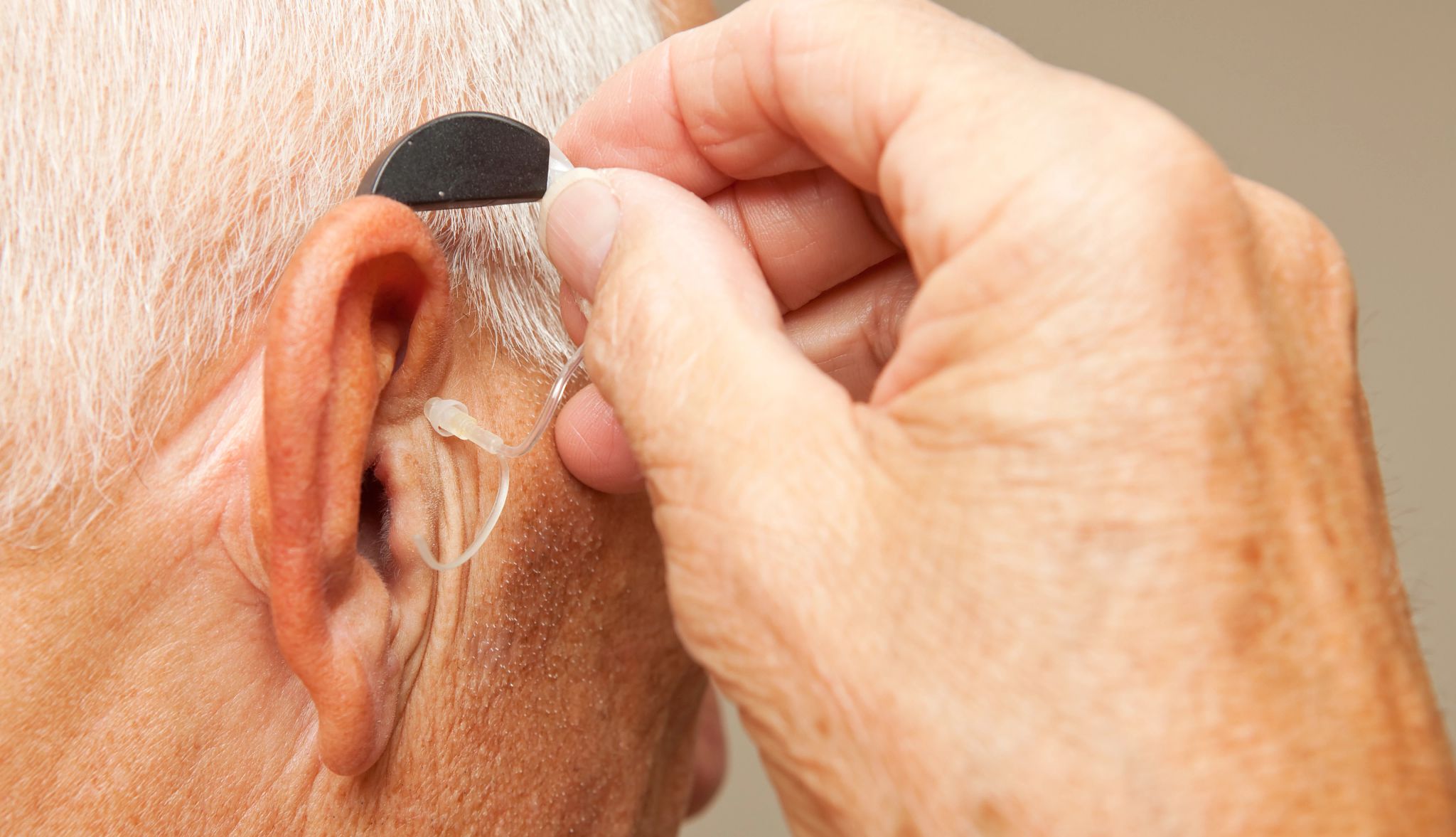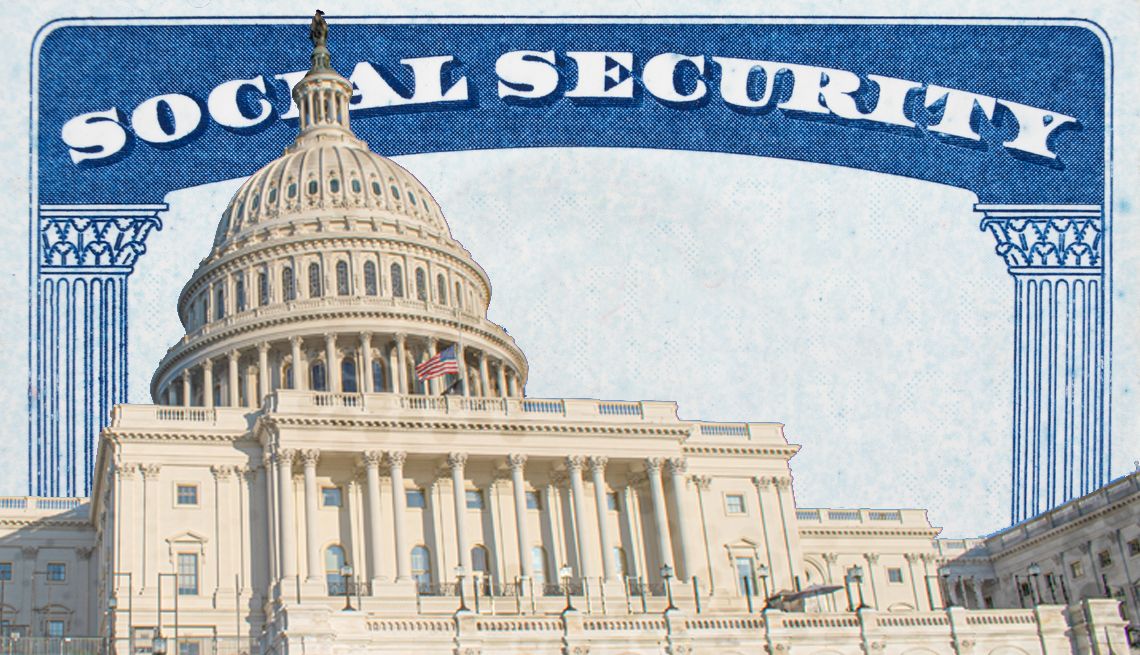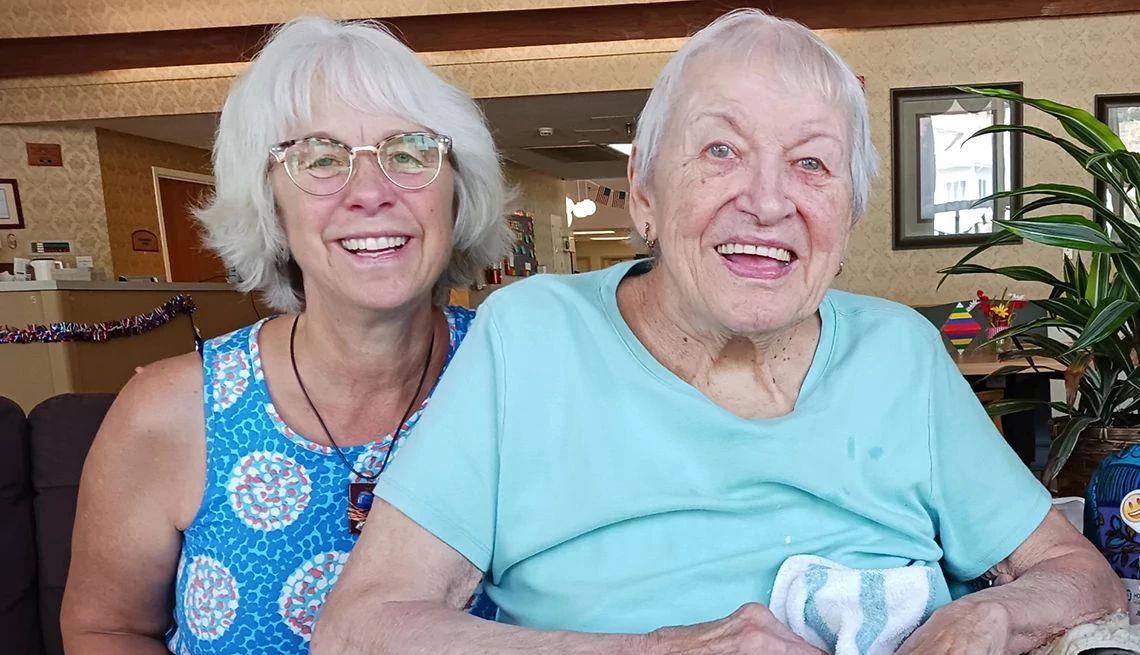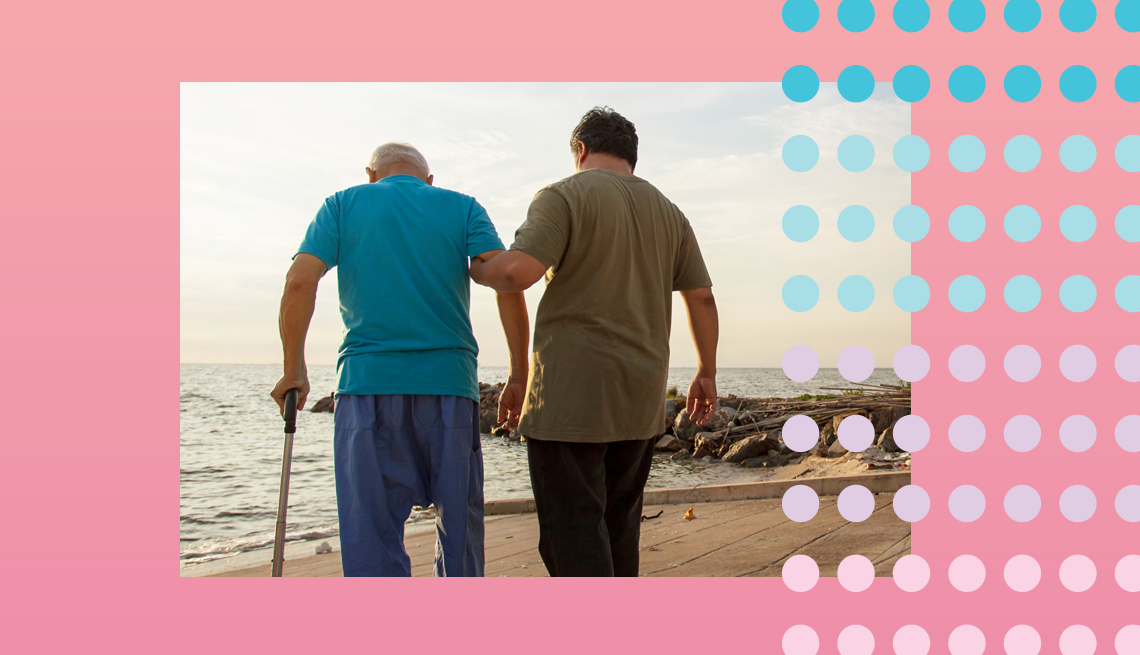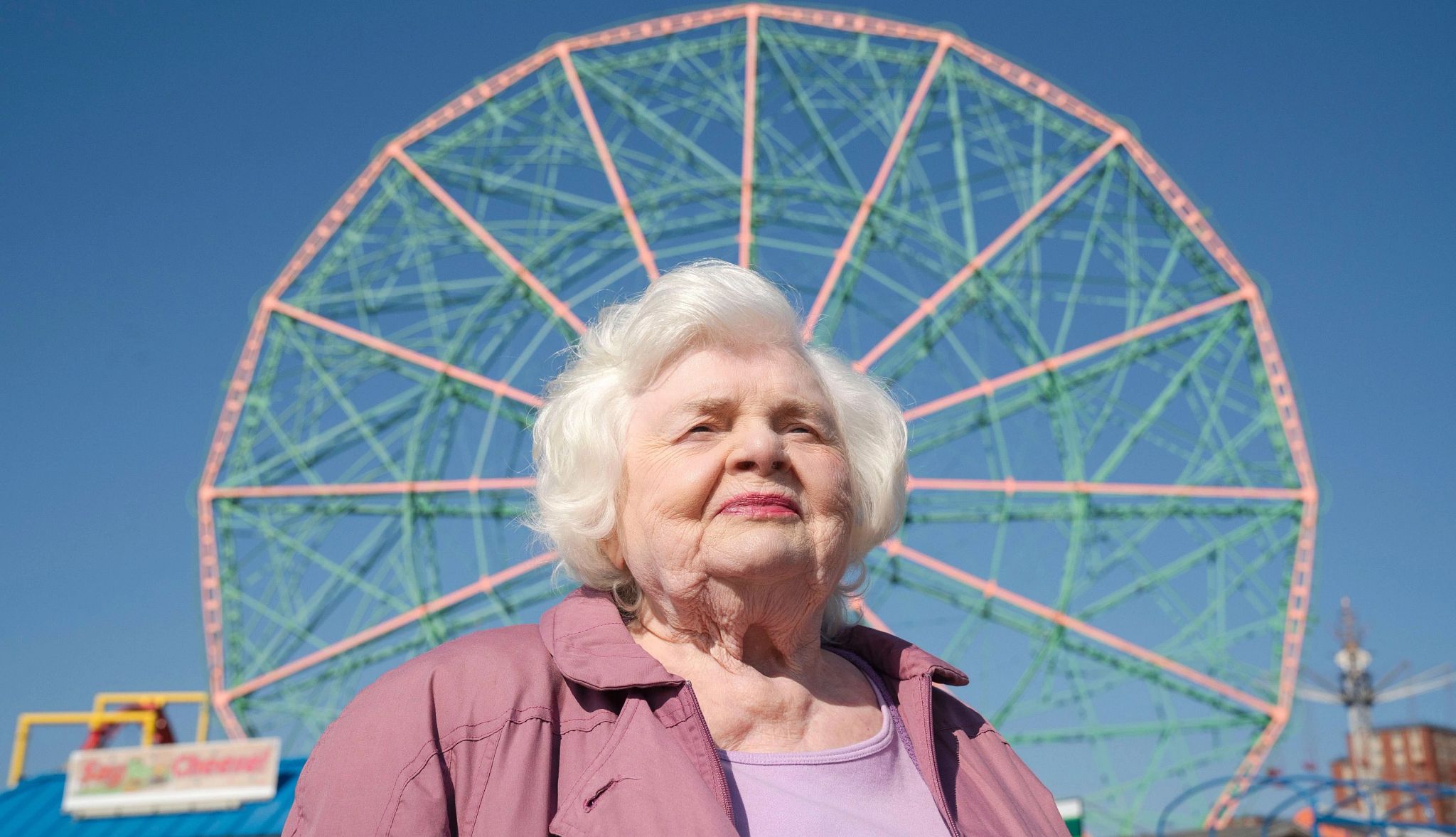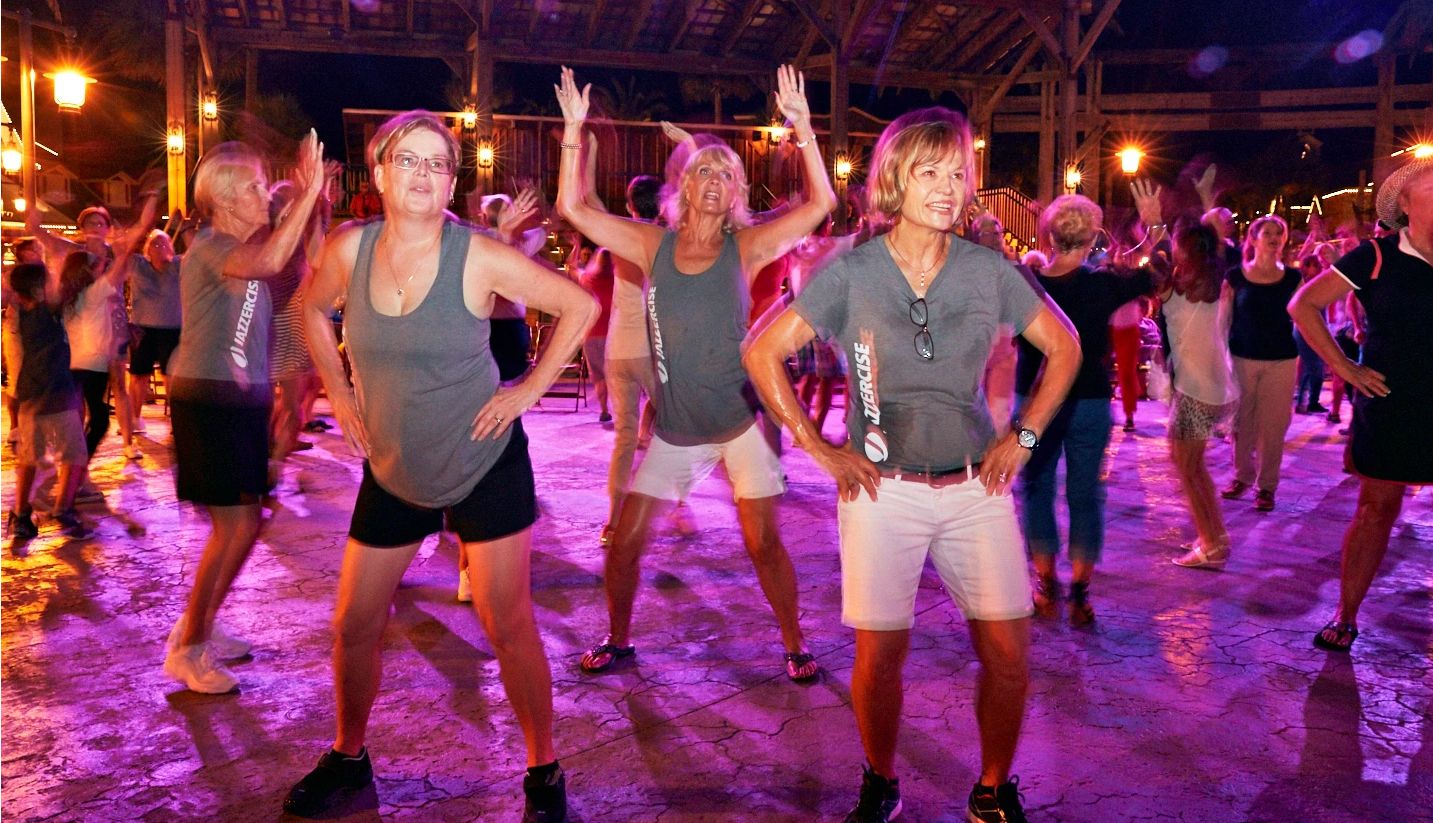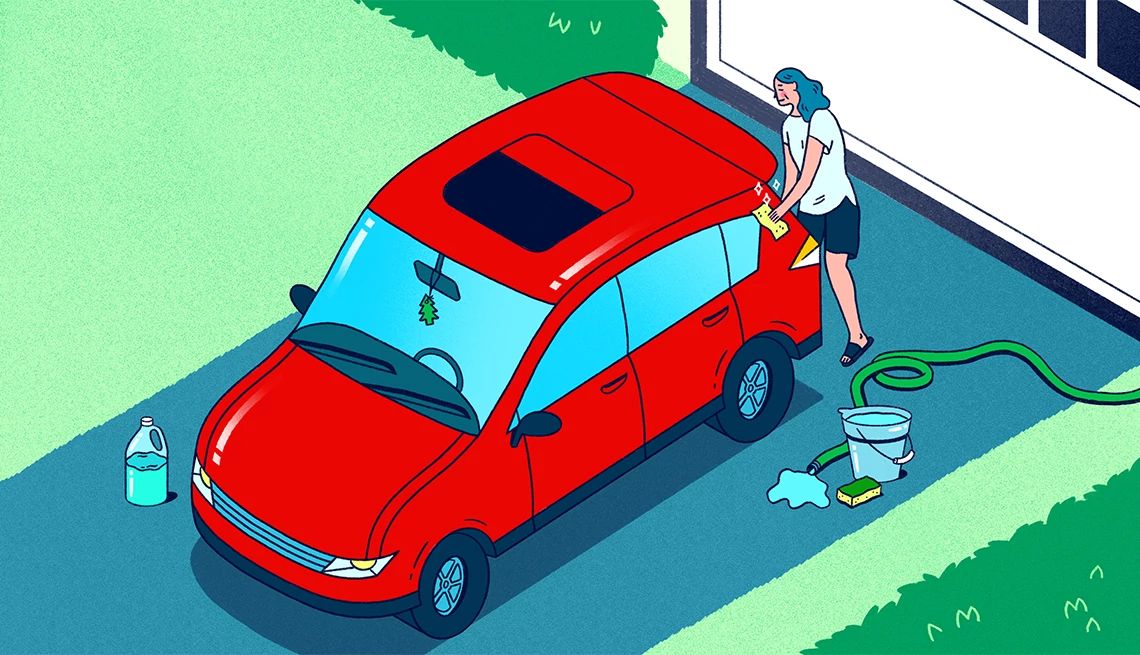AARP Hearing Center
While it wasn’t until 2016 that women began serving in direct ground combat, generations of women worked alongside service members, especially as nurses, since as early as the Revolutionary War.
Opportunities for women to serve remained limited until World War II, however, when the number of men fighting overseas left a huge void that needed to be filled.
Military leaders turned to women to step into some noncombat roles. In all, 350,000 American women served in uniform during World War II. This shift culminated in the Women’s Armed Services Integration Act, signed on June 12, 1948, which allowed women to serve officially in all four branches of the armed forces.
Within the Coast Guard, more than 10,000 women volunteered during World War II for the Women’s Reserve, also known as the SPARs, which stood for “Semper Paratus — Always Ready.” But like most women’s units at the time, the SPARs were not intended to be a permanent branch of the military and were deactivated soon after the war ended.
The second wave of SPARs
However, the SPARs were activated again amid the Vietnam War, but recruited only 75 women.
Diane Haston Wagener enlisted in the SPARs in 1965 after her mother mentioned seeing the opportunity on TV. Her tenure would include one year of active duty followed by two years in the active reserves, which meant she would work on the weekends outside of her regular job.“There weren’t a lot of jobs open to women back then. And I wanted to attend college, but there was no local college in a small town in Nebraska,” she said. “My parents just did not have the money at that time to send me to college.”
At boot camp, Wagener said, she didn’t have to shoot a weapon but experienced routine marches while getting yelled at and had to line up for count offs while making sure her uniform was pressed and properly worn.
“It didn’t bother me. Some young women got homesick. It was their first time away from their parents,” she said. “I remember in the barracks at night, I’d hear all this sniffling, young women crying and everything.”
After completing basic training, women were given the option of serving either as a yeoman, completing administrative duties, or as a storekeeper onshore in the Coast Guard's district office of their choice.




